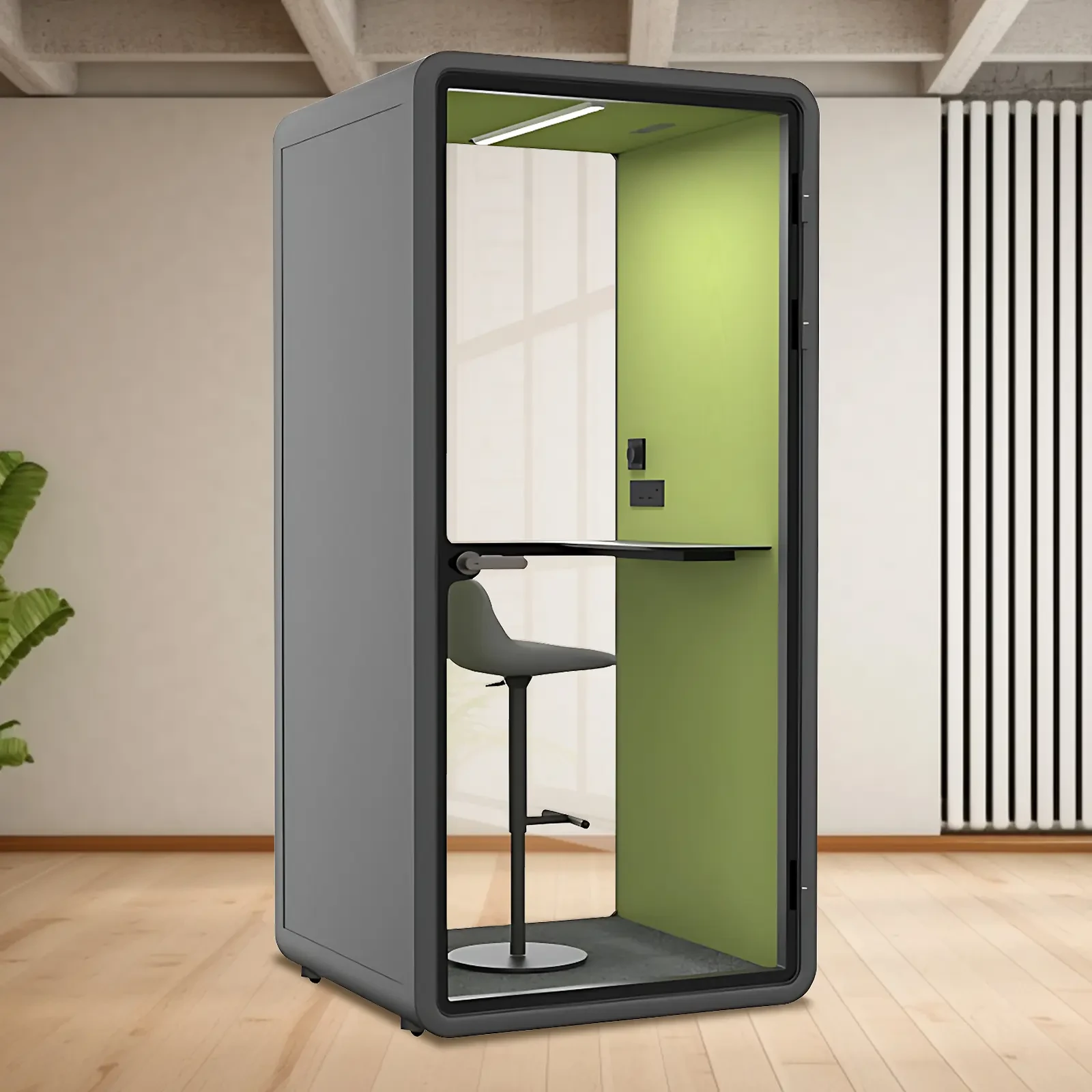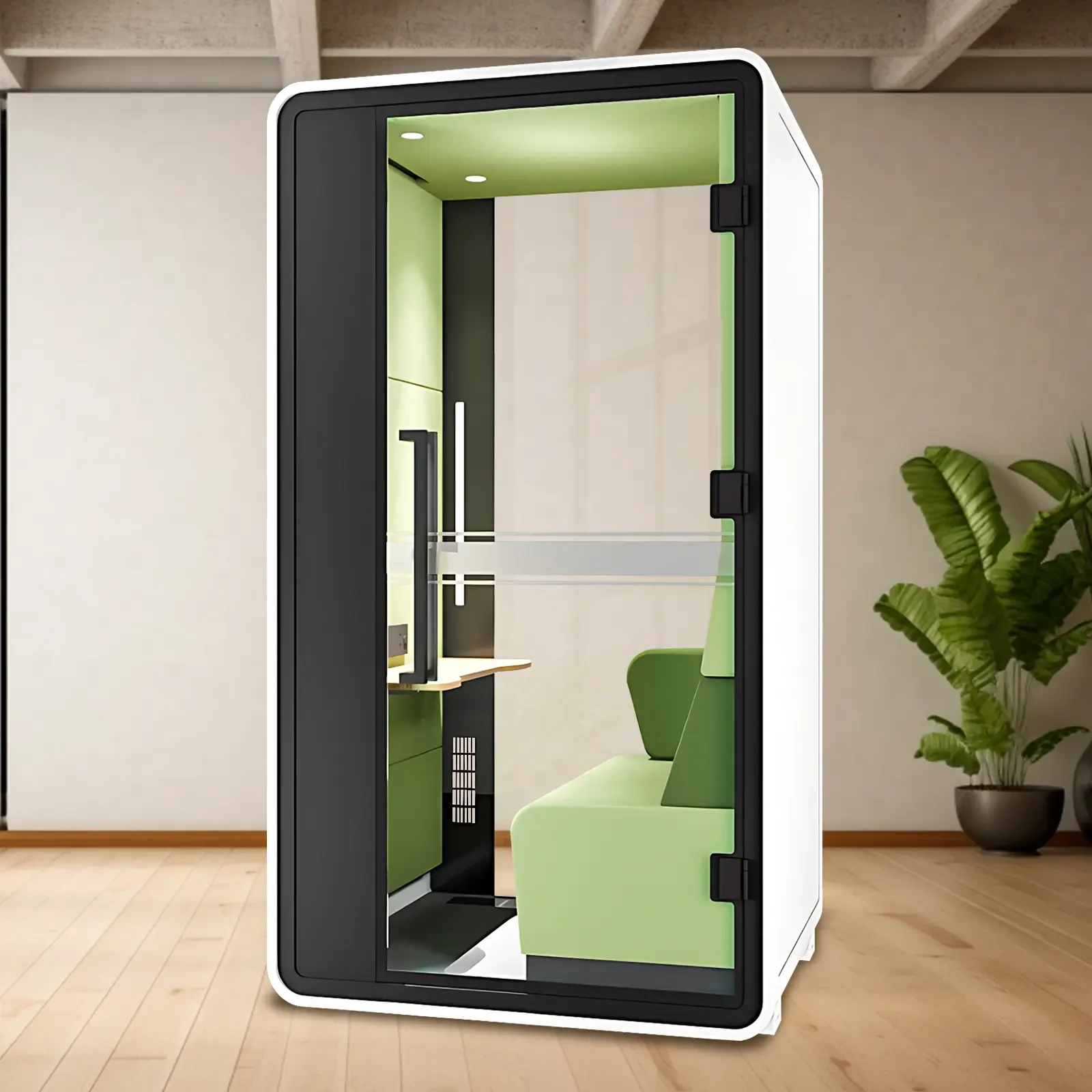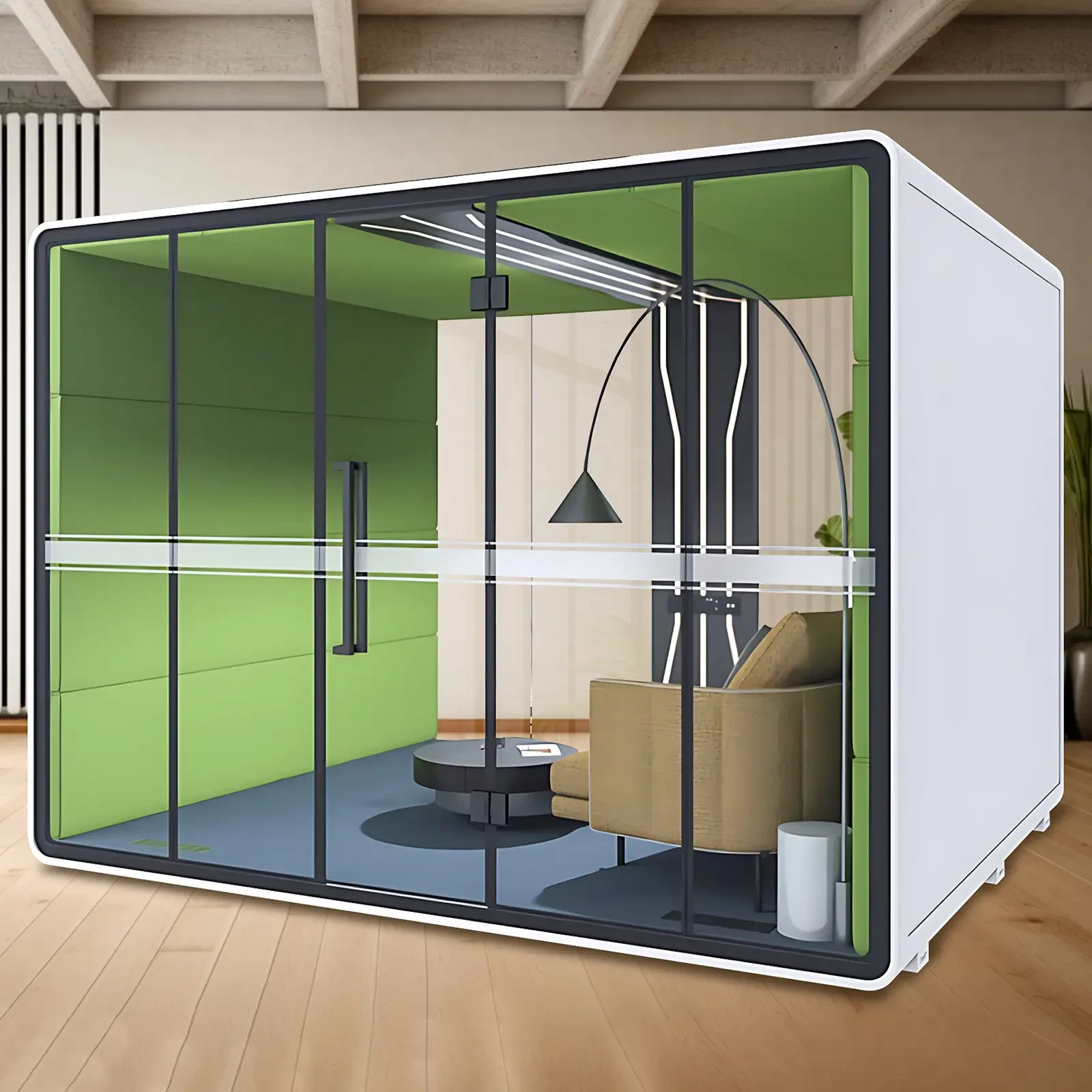In the current changing work culture, businesses are on a relentless quest to find swifter, more efficient pathways toward not just better communication but also improved productivity, and more opportunities for quick discussions and hasty teamwork in the compact spaces that would ideally serve all those functions. One increasingly popular idea for such spaces is the huddle room, an intimate setting for small groups to have and almost solve problems with, the kind of ideas they wouldn’t share in a larger meeting room. The huddle room is only useful in workplaces that prize all those conditions, plus a few others—technological adaptability, comfort, and a kind of hidden functionality, for instance.
The Core Design Principles Behind a Functional Huddle Room
The creation of an effective huddle room begins with understanding the core principles that contribute to its utility. The huddle room layout is simple yet optimised for collaboration among three to six individuals. It is a space that encourages dynamic interaction while ensuring comfort in an extended discussion. The room’s space is crucial; it must be utilised well, or the huddle room will not live up to its name.
If there is too much space, the people in the room will have a hard time interacting, and if there is too little space, the room might not have enough comfortable seating for all the participants. Space is one crucial consideration; the next is what goes inside that space. There should be no obstacles to talking and hearing well in a room. That means there should be better acoustics in it than in a regular conference room.
Flexibility and Comfort: The Foundation of Small Group Collaboration
A huddle room is defined by its capability to host several types of meetings. This might mean serving as a space for one-on-one coaching sessions to small team catch-ups, to hosting quick huddles in problem-solving mode. But like all multifunctional spaces, a huddle room is not merely a stage that can host a variety of acts.
For the huddle concept to exist, the meeting room must prioritise adaptability and comfort. With some acoustical treatment, the right atmosphere to keep ideas off the wall (not just on it), and furnishings that can be rearranged on demand (autorack couches and modulatory chairs), the huddle room has emerged as the most versatile thing happening in an office right now.
Psychological Benefits of an Intimate Collaborative Environment
The compact spaces of huddle rooms offer profound psychological benefits that are far beyond their physicality. Working in a huddle room reduces the kind of pressure that sometimes comes with formal meeting rooms.
Huddle rooms create an environment that is not only intimate but also open and transparent. The absence of any kind of hierarchical seating or large room formality makes everyone feel like they are on equal footing and, consequently, everyone is much more likely to participate. These are settings that undoubtedly promote equality and eye-level communication, and that equals increased creative output and emotional engagement among our teams.
Practical Considerations for Designing an Effective Huddle Room
Aesthetics and the psychological impact of a space are very important, but these considerations should never eclipse the need for practicality when designing a huddle room.
This space must meet very ordinary workplace demands like comfort, privacy, and efficient movement during the times when people need to congregate inside it. The huddle room should cater far more to these basic human needs than to some faraway artist's idea of a pretty picture.
Moreover, how this room works in concert with adjacent spaces—and vice versa—is going to have a very large impact on its actual usage rates. Regrettably, there are too many bad examples to highlight here.
The Role of Colour and Texture in Promoting Engagement
The psychology of colour plays a critical role in shaping the huddle room experience. Certain colours and textures can influence the moods, levels of focus, and interaction styles of people in meetings. Warmer tones and earthy colours promote comfort and a sense of welcome; When people walk into a room painted in warm colour, they feel like they are entering a space that is comfortable and emotionally resonant.
In contrast, cooler tones like blue and green may create a more subdued atmosphere. While these colors can promote calmness and enhance focus or self-regulation during problem-solving, they may not offer the same level of emotional warmth or comfort as warmer tones.
Encouraging Spontaneity Without Sacrificing Privacy
An essential design challenge in the huddle room is to find that sweet spot between spontaneity and privacy. You want to make the room always accessible, so it feels like the space could be used at any moment for any purpose. At the same time, you want to ensure that the only folks eavesdropping on the huddle's contents are the huddlers themselves.
To balance these requirements, many designers today are opting for see-through or semi-see-through partitions, augmented by clever uses of sound-absorbing materials and an insightful sense of layout that makes the room feel open without sacrificing the kind of auditory privacy that, thanks to the huddle's human scale, makes it so usable. These design decisions encourage a kind of spontaneous usage that is a crucial part of the huddle room's reason for being a huddle room.
Aesthetic Coherence with the Broader Office Environment
Even though huddle rooms are designed to operate as self-contained units, they should still jibe with the overall office theme to maintain the sort of cohesive and professional appearance that all workspace environments need.
Their visual integration can be accomplished through consistent use of finishes, recurring design motifs, and complementary lighting schemes. All of that ensures that the huddle room blends naturally into its surrounding environment.
When a huddle room feels like an extension of the larger workspace, rather than an isolated element, it gains more traction among potential users, who see it as part of the daily workflow rather than a specialised or restricted resource.
The Largest Soundproof Offices for at Least 6 People Meeting Rooms can fit at least six people with room to spare. It is constructed of top-quality materials, making it ideal for virtually any work that requires an above-average level of quiet. The "room" offers noise reduction of 30-40 decibels—about as much of a sound barrier as you can construct without relying on brick and mortar. Thoughtful features make the space even more suitable for a business setting. The ports are positioned with just enough in mind to make the office fully functional.
Recommendation
X-comfot understands that small, well-designed spaces can improve productivity and the dynamics of teamwork. The company specializes in huddle rooms, offering tailored solutions for these spaces. X-comfot promotes huddle rooms as the next evolution of the traditional conference room.

 USD
USD
 GBP
GBP
 EUR
EUR






